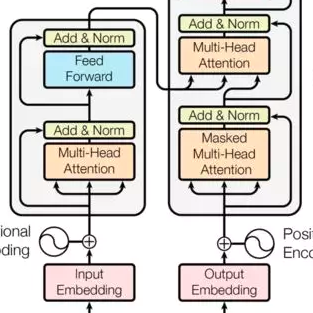Transformer, the latest technological advance of deep learning, has gained prevalence in natural language processing or computer vision. Since medical imaging bear some resemblance to computer vision, it is natural to inquire about the status quo of Transformers in medical imaging and ask the question: can the Transformer models transform medical imaging? In this paper, we attempt to make a response to the inquiry. After a brief introduction of the fundamentals of Transformers, especially in comparison with convolutional neural networks (CNNs), and highlighting key defining properties that characterize the Transformers, we offer a comprehensive review of the state-of-the-art Transformer-based approaches for medical imaging and exhibit current research progresses made in the areas of medical image segmentation, recognition, detection, registration, reconstruction, enhancement, etc. In particular, what distinguishes our review lies in its organization based on the Transformer's key defining properties, which are mostly derived from comparing the Transformer and CNN, and its type of architecture, which specifies the manner in which the Transformer and CNN are combined, all helping the readers to best understand the rationale behind the reviewed approaches. We conclude with discussions of future perspectives.
翻译:由于医学成像与计算机成像有些相似之处,因此自然地要了解医学成像中变异器的现状,并问一个问题:变异器模型能够改变医学成像吗?在本文中,我们试图对调查做出回应。在简要介绍变异器的基本要素之后,特别是同同共神经网络相比,以及突出变异器特征的关键定义特性之后,我们全面审查了医学成像和展示医学成像领域的最新变异器法,并展示了医学成像分解、识别、检测、登记、重建、增强等领域的当前研究进展。特别是,我们的审查在组织中有何不同之处,其依据是变异器的关键定义属性,这些属性主要来自对变异器和CNN的特征及其结构类型所作的比较,后者说明了变异器和CNN的组合方式,它们都帮助读者最清楚地了解审查方法背后的理由。我们最后讨论了未来的观点。


